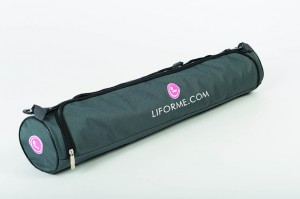Would you pay £100 for a yoga mat? Our yoga columnist Genny Wilkinson-Priest tried one out The Liforme Yoga Mat.
In my 15-year relationship with yoga, I’ve practiced on all sorts of mats: half-a-millimeter thick travel ones, cork ones, cheap and stinky gym ones, and PVC ones. You name it, I’ve Downward-Dogged on it.
Clearly, I’m not terribly picky about my mats. I have only two requirements: It must have a bit of grip and some cushioning.
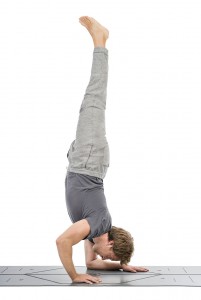
I spoke to many teachers and practitioners, and road-tested the mat myself. The overall verdict is a good one – it’s unbelievably sticky, has excellent eco-credentials, and has helpful (especially to beginners) alignment markers lasered into the mat.
But for all the mat’s unique selling points, there is one glaring feature that might prevent it from being used ubiquitously in yoga studios and living rooms around the country.
The cost.
At £100, it’s one of the most expensive yoga mats on the market – 25 percent more than what I consider its closest competitor, the Manduka Pro.
Yoga has never required fancy kit (despite what Lululemon would have you believe) and Liforme is asking traditionalists to let go of their belief that it should cost nothing to practice yoga.
But the fact of the matter is people are willing to spend a bomb on yoga. Last year, Americans spent $27 billion on yoga products, an 87 percent increase over the previous five years, according to a Yoga Journal study. It’s likely the UK are not far behind.
‘We charge £100 for the Liforme mat because it’s a fair price tag based on what it costs to make,’ said James Armitage, creator of the mat. ‘We’re quite aware that the (price) is an eyebrow raiser for some people, but we’re confident that as people come to understand the benefits of the mat, they will realize the real value of the price tag. Our mat is substance over style.’
Let’s examine its substance, starting with the mat’s superior stickiness. The Liforme is so tacky, I wanted to slap it on my living room wall to see if I could climb up it Spiderman style. Practitioners of Bikram, Vinyasa Flow or Ashtanga who drip with sweat will appreciate anything that stops the slip and side associated with cheap supermarket mats.
Ashtanga yoga teacher Joey Miles said he finds the grip in some postures – especially backbend Viparita Dandasana – invaluable as it’s the only mat he’s ever used that stops his feet sliding forward.
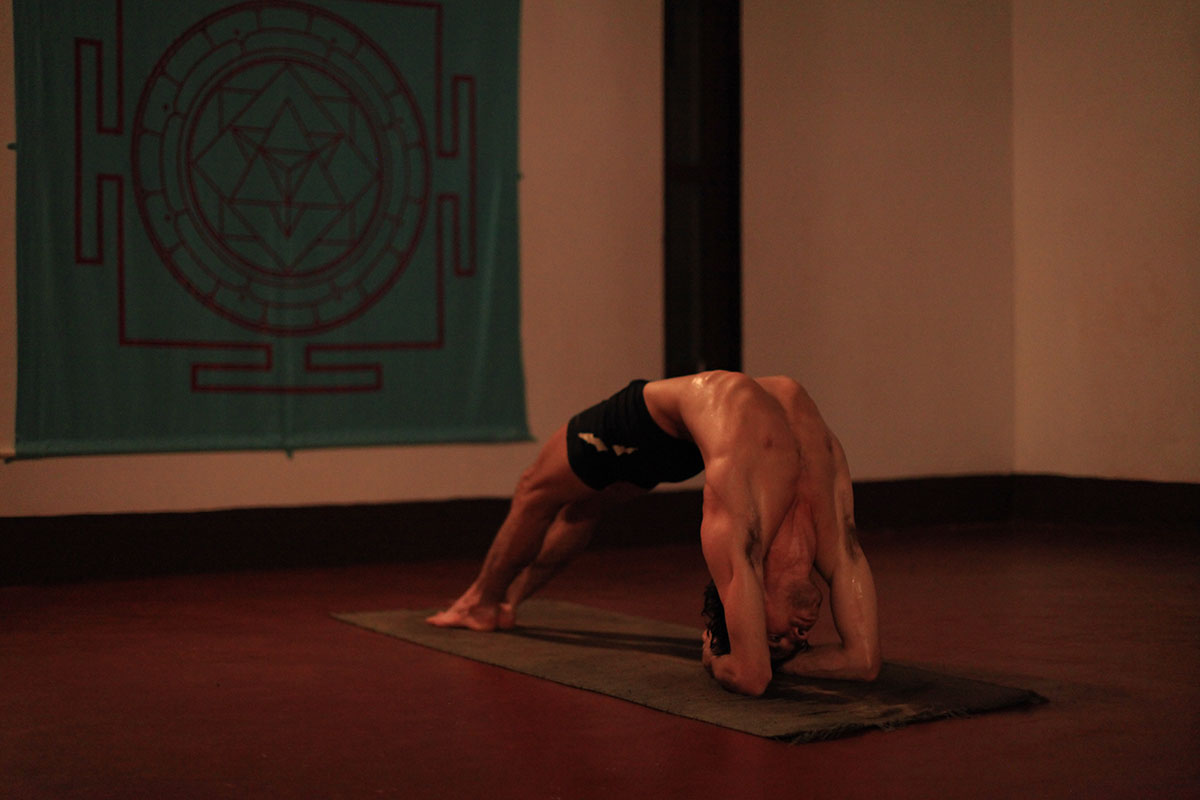
It’s so sticky though, that there is very little “give” to the mat. Six months ago, Miles severely damaged the ligaments and joint on his big toe when landing out of Pincha Mayurasana (Feathered Peacock Pose). ‘My feeling is it happened because the mat is so sticky, so under normal circumstances, I would have slid back.”
There is also the question of how long the mat retains its stickiness: ‘Liforme was a revolution initially,’ one sweaty Vinyasa Flow practitioner who wished to remain anonymous told me. ‘I loved how grounded I felt, but progressively over the course of a year, I began to slip.’
Armitage calculated the Liforme would start to lose its grip after between 300 and 500 uses, which for me would barely get me through one year (I practice daily). The life expectancy shortens the sweatier the practice, like Bikram, as the salt in sweat erodes the sticky, top layer of the mat.
It’s a catch-22. You buy the Liforme mat to stop you slipping in your sweat that eventually wears down the stickiness of the mat itself.
‘You basically can’t have a biodegradable material that does not degrade through normal yoga use, but we believe our material is pretty hardy and lasts a very good length of time,” Armitage said, adding that he calculates the cost of each use at 33 pence (300 practices on £100 cost.)
‘Compared to the cost of a typical yoga class, plus transport, plus related costs, this seems a reasonable investment for an advantageous practicing surface for 90 minutes.’ Armitage pointed out.
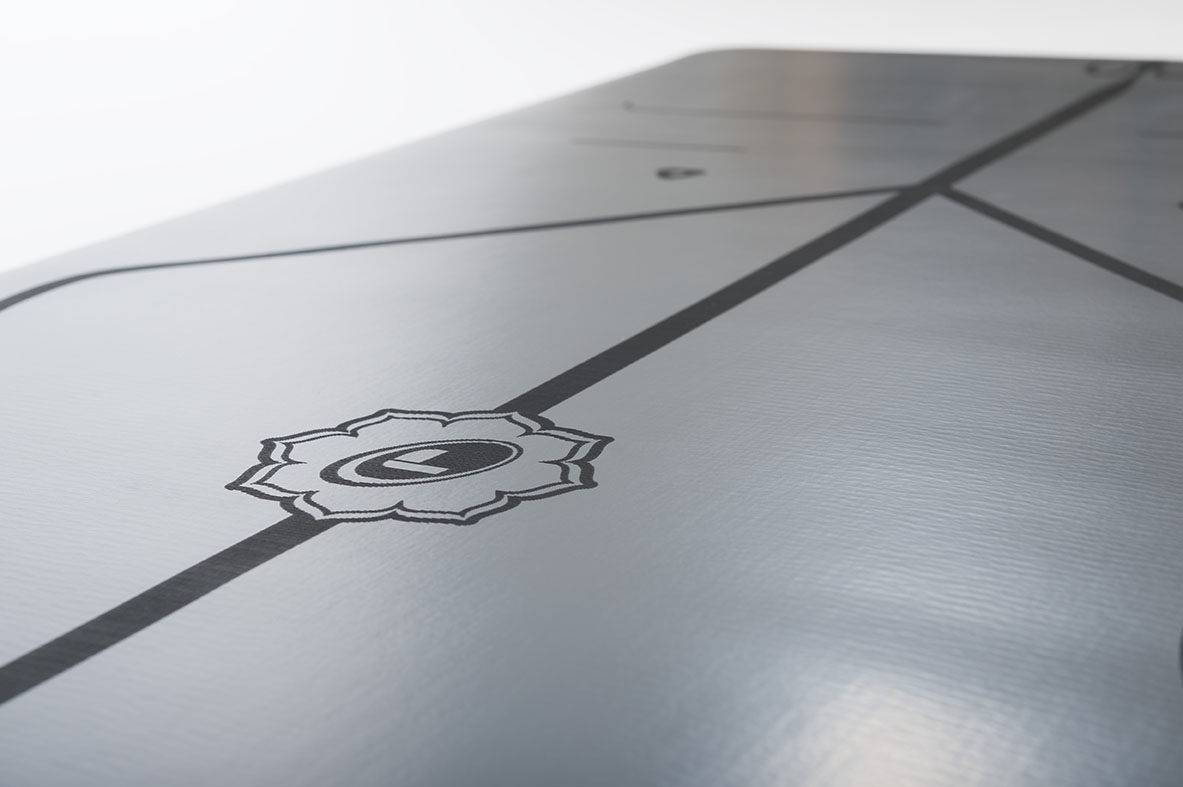
On eco-credientials of the mat, yoga traditionalists will be happy. Ninety percent of the Liforme is made of natural, sustainably-sourced rubber that is bio-degradable. The top surface is a specially-engineered form of polyurethane manufactured by a company who capture and re-use the expensive solvent required in the production of the synthetic material.
It took the former entertainment lawyer six years and seven trips to China to develop and perfect the mat, working by all accounts tirelessly amid the travails of product development in a foreign country.
Armitage is passionate about the mat, and really believes in it. He was at pains to describe to me the process by which the alignment lines are lasered into the mat – no potentially toxic inks are used.
It’s those black lines – vertical, horizontal and wavy – that make the Liforme stand out. There’s no doubt about it – the Liforme is distinctive looking and will get you noticed in a yoga studio. The lines are meant to be used as a map to pinpoint where the back foot goes in Virabhadrasana II (warrior 2), the hands in Urdhva Dhanurasana (full wheel), or the toes in Tadasana (mountain pose.) Iyengar yoga students (a precise yoga emphasising held postures and the details of form) will love mapping out their every body part that forms the foundation of a posture.
In the few weeks I’ve road tested the map, I have tried to use the alignment markers, but found them somewhat distracting. I know plenty of yogis that love them, though, but I found the constant checking where my feet and hands were placed pulled me out of the moment and distracted the flow of my practice. I’m at that stage in my yoga where I’m more interested in where the mind is placed, not the body.
On balance, the Liforme has more pros than cons, the price point and life expectancy notwithstanding. It’s easy to roll up, is fairly light, and comes with its own travel bag. And its eco credentials are second to none.
If you take your yoga seriously, and you have disposable income then maybe the Liforme is for you. Just prepare to get noticed.
The Liforme yoga mat is £100 from yogamatters.com
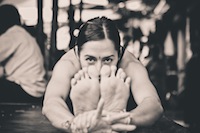
Read more articles by Genny here:
REVIEW: New book explores the topic of practicing Ashtanga yoga in pregnancy
OUCH! 7 embarrassing yoga injuries
Can yoga help you get pregnant?
9/11 – How I found peace in yoga
Like this article? Sign up to our newsletter to get more articles like this delivered straight to your inbox.



